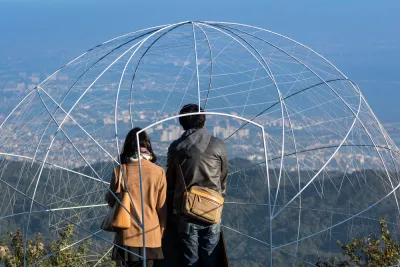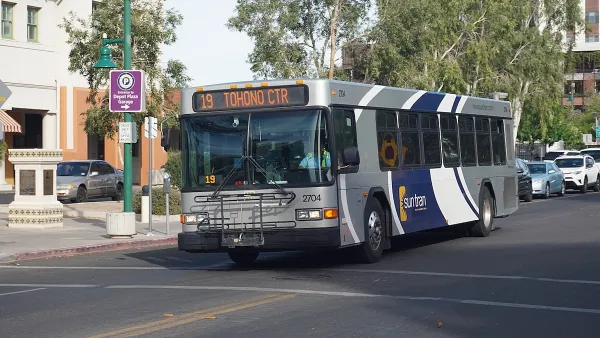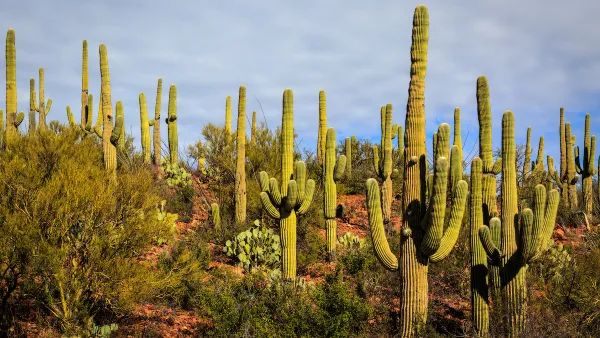Decades ago, Walter Benjamin theorized that pretty much everything could be reproduced—and, therefore, nothing was unique. This dismal conclusion, however true it may be, ignores the uniqueness of landscape.

"Even in the 1930s, it wasn’t hard to imagine that the same mechanical processes that were producing cars and phones and chemicals could be trained to produce art as well. Or, rather, reproduce it. Benjamin does not discount the importance of the artist in the creation of original work. But he implies that human mastery of chemistry and materials science, paired with the precision of the assembly line, could essentially produce copies indistinguishable from their originals and do so in limitless numbers."
"What struck me then as I strolled those expectant streets (possibly in ways that the residents never will) was that, for all the sameness of the homes, each one retained an essential uniqueness. Those developments, like most such developments, offered a few designs, each with lame, disembodied names like 'The Nantucket' or whatever. They weren’t so much designs as they were collections of amenities and necessities united under roofs. And yet, each occupied its own special, if not necessarily distinctive, plot of desert."
"That’s why I take solace in special places and un-special places alike. And it’s why I put a degree of faith in architecture, even when so many other human endeavors have slid into banality and self-reference. Of course, not every architect can, or should, be another Utzon or Meier. The world will always need far more workaday structures than it does masterpieces. The more we must strain to see our auras amid the banality of postmodern life, the more we may need to tighten our grip on the incredible places humanity has created."
FULL STORY: The Work of Architecture in the Age of Mechanical Reproduction

Analysis: Cybertruck Fatality Rate Far Exceeds That of Ford Pinto
The Tesla Cybertruck was recalled seven times last year.

National Parks Layoffs Will Cause Communities to Lose Billions
Thousands of essential park workers were laid off this week, just before the busy spring break season.

Retro-silient?: America’s First “Eco-burb,” The Woodlands Turns 50
A master-planned community north of Houston offers lessons on green infrastructure and resilient design, but falls short of its founder’s lofty affordability and walkability goals.

Test News Post 1
This is a summary

Analysis: Cybertruck Fatality Rate Far Exceeds That of Ford Pinto
The Tesla Cybertruck was recalled seven times last year.

Test News Headline 46
Test for the image on the front page.
Urban Design for Planners 1: Software Tools
This six-course series explores essential urban design concepts using open source software and equips planners with the tools they need to participate fully in the urban design process.
Planning for Universal Design
Learn the tools for implementing Universal Design in planning regulations.
EMC Planning Group, Inc.
Planetizen
Planetizen
Mpact (formerly Rail~Volution)
Great Falls Development Authority, Inc.
HUDs Office of Policy Development and Research
NYU Wagner Graduate School of Public Service




























